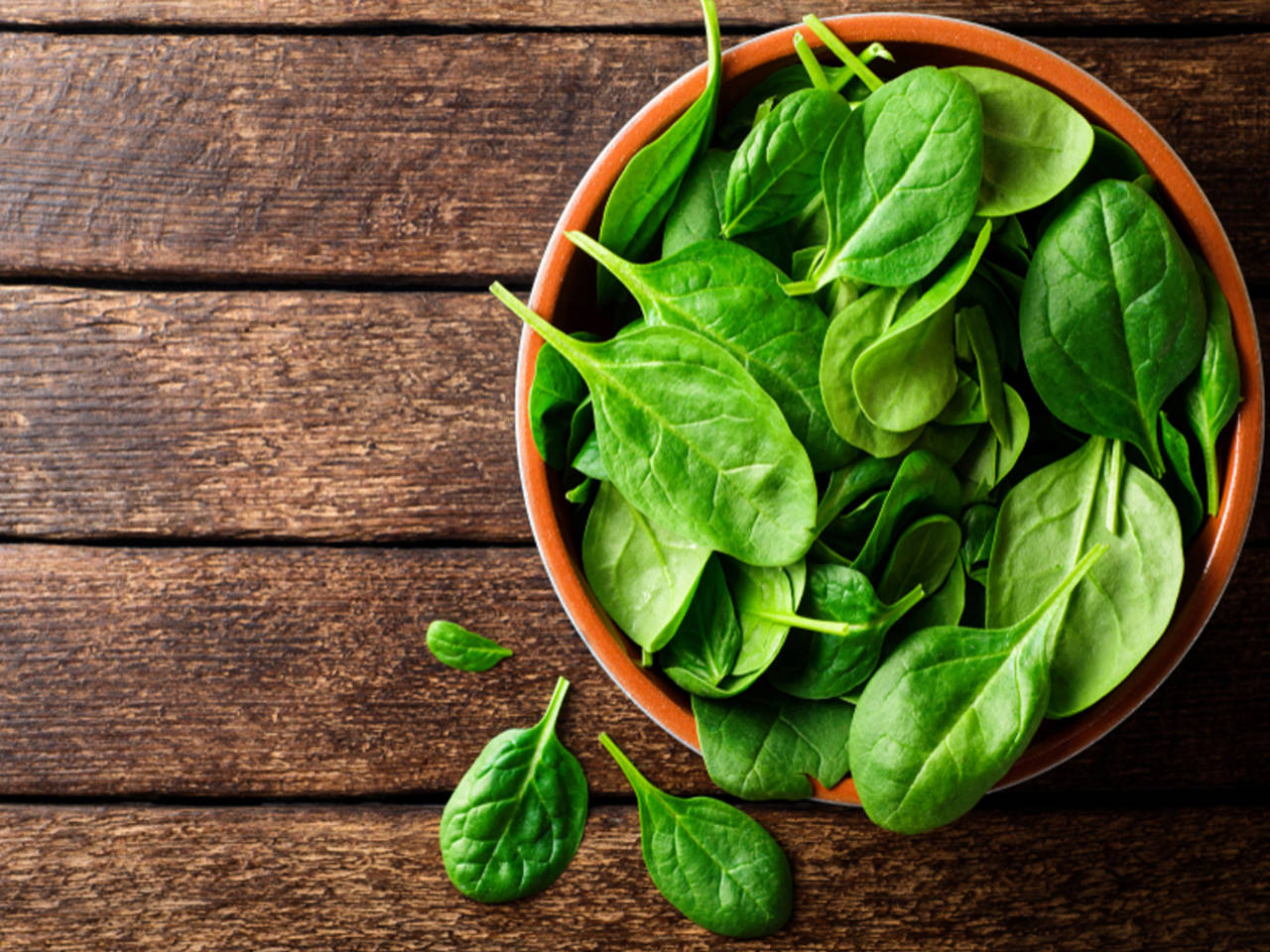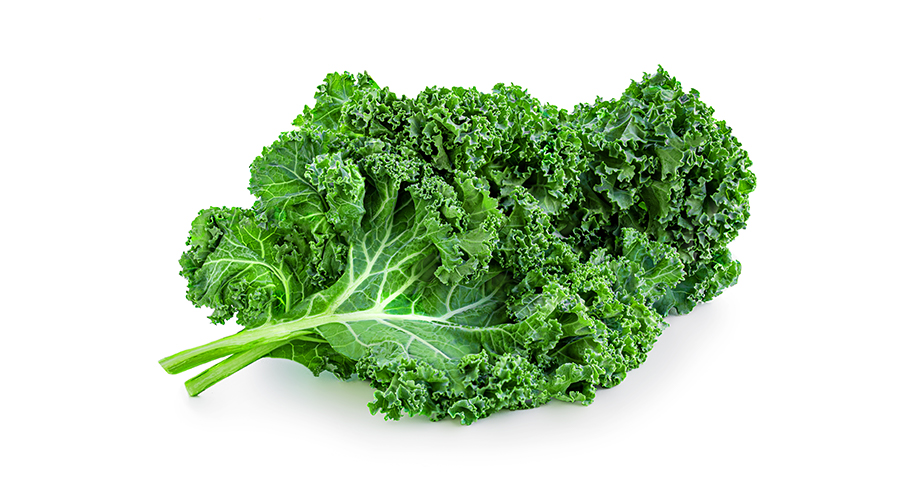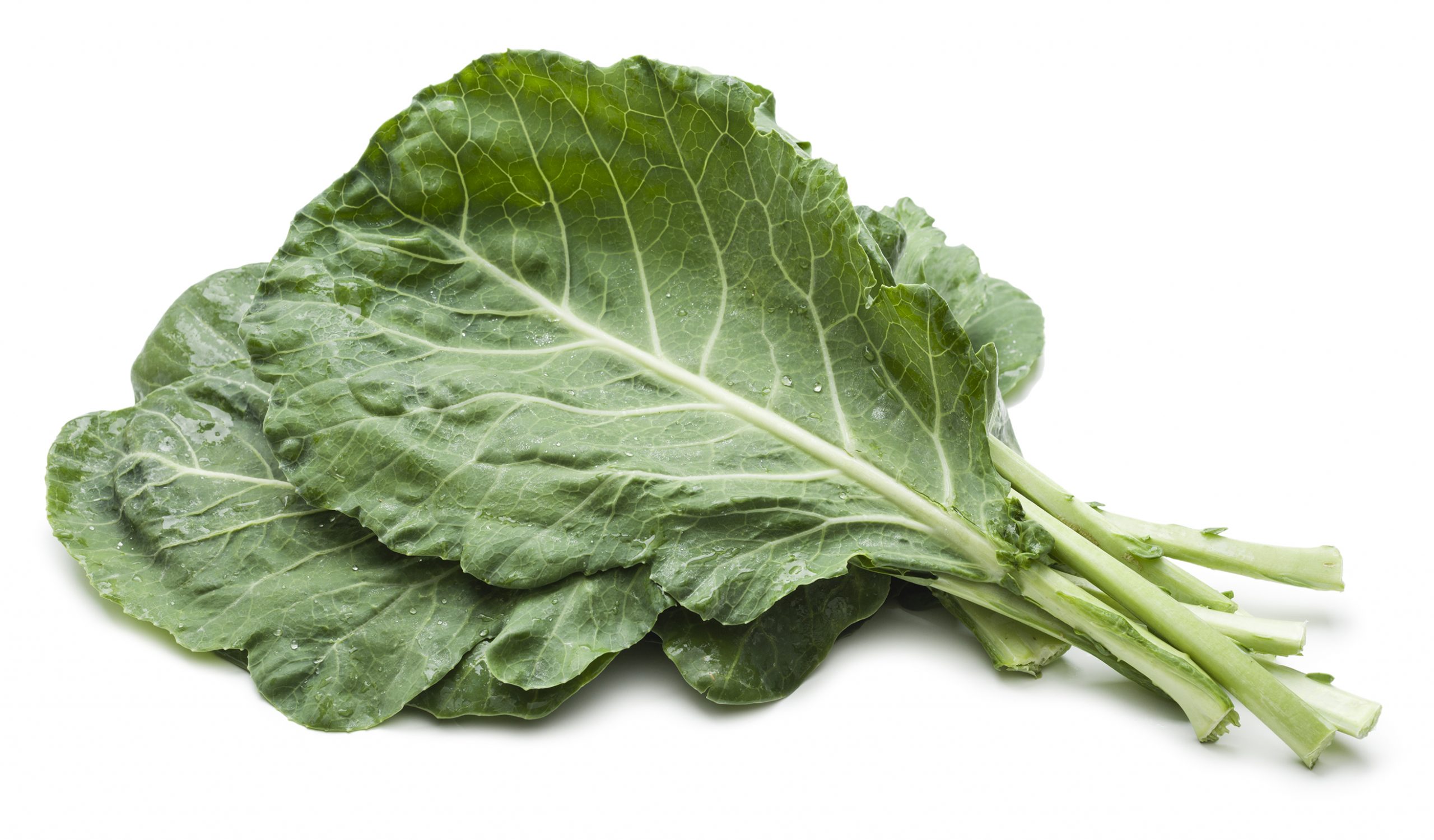When it comes to eating healthy, greens are the one food that should be a staple in your diet. They are packed with essential nutrients that offer numerous therapeutic and medicinal benefits, making them an indispensable part of a wholesome meal plan. From spinach and kale to collard greens and microgreens, there’s a wide variety of greens to choose from, each having its unique set of benefits.
In this article, we will take a deep dive into the top greens you should be eating, why they are essential for your health, and how to incorporate them into your daily meal plan. We will also discuss the nutritional benefits of green leafy vegetables and their role in combating various health conditions.
Read: From Amaranth to Quinoa: Discovering the Wholesome World of Whole Grains
The Nutritional Benefits of Green Leafy Vegetables
Green leafy vegetables are a powerhouse of essential nutrients that offer a wide range of medicinal benefits. They are rich in dietary fiber, vitamins A, K, E, C, and minerals like iron, calcium, potassium, magnesium, and bioactive compounds. These nutrients can help combat several health conditions like constipation, obesity, and heart diseases. Greens are also low in fat and sugar content, making them an ideal addition to a weight loss diet.
Vitamins in Greens
Green leafy vegetables are an excellent source of essential vitamins like A, K, E, C, B1, B2, B3, B5, B6, and folate. Spinach, kale, moringa leaves, beet leaves, and cabbage are highly valued for their excellent vitamin profile that triggers the immune system and keeps infections at bay.
Vitamin A is essential for maintaining healthy vision, skin, and immune system.
Vitamin K is vital for blood clotting and bone health.
Vitamin E is an antioxidant that helps in protecting the body’s cells from damage.
Vitamin C is essential for maintaining healthy skin, blood vessels, and bones.
The B vitamins are crucial for energy production, healthy brain function, and red blood cell formation.
Minerals in Greens
Green leafy vegetables are also rich in essential minerals like iron, magnesium, potassium, zinc, calcium, phosphorus, and sodium. These minerals help you meet the daily dose of these minerals and correct deficiencies, pump iron stores and fortify bone health.
Iron is essential for the production of hemoglobin in red blood cells, which carries oxygen throughout the body. Magnesium is required for healthy bones, nerve, and muscle function. Potassium helps regulate blood pressure and heart function. Zinc is essential for healthy immune function, wound healing, and cell growth. Calcium is vital for strong bones and teeth. Phosphorus is essential for energy production and healthy bones. Sodium is required for maintaining fluid balance in the body.
Dietary Fiber in Greens
Green leafy vegetables are intrinsically rich in dietary fiber that stimulates the digestion process, regularizes bowel movements, prevents constipation, improves gut health, and averts the risk of certain cancers.
Low Fat Content
Leafy greens are entirely devoid of fat that is beneficial for optimizing cardiac health and maintaining weight.
The Top Greens You Should Be Eating
While there are many greens to choose from, we’ve compiled a list of the top greens you should be eating for optimal health.
Spinach

Spinach is one of the most nutrient-dense foods you can eat. It is full of vitamins A and C, two antioxidants that are extremely useful in maintaining a strong immune system. Spinach is also a rich source of plant-based omega-3s and folate, which help reduce the risk of heart disease, stroke, osteoporosis, and certain cancers.
Spinach is incredibly versatile and can be used in a variety of dishes, from breakfast to dinner. Try adding spinach to your omelet, making a grilled salmon spinach salad for lunch, or adding it to a homemade pizza for dinner.
Kale

Kale is another superfood that is packed with nutrients. It is full of vitamins, minerals, and antioxidants. Kale has more lutein than any other leafy green, an antioxidant shown to protect eyesight. Kale is also a powerful detoxifier, helping remove and eliminate toxins from our bodies.
Kale can be added to your morning smoothie, munched on as kale chips for a snack, or made into a delicious kale salad.
Collard Greens

Collard greens are full of vitamin K, vitamin C, and beta-carotene, which are all strong antioxidants helping reduce disease-causing inflammation. Collards also contain higher amounts of dietary fiber than other leafy greens. Eating 30 – 35 grams of fiber each day can help you lose weight, lower cholesterol, stabilize blood sugar, and support the digestive system.
Collard greens can be used to make a wrap for lunch, where you can spread 1/4 cup hummus on top of a collard leaf and fill it with cucumbers, tomatoes, peppers, and onions.
Microgreens

Microgreens are the underdeveloped greens of vegetables like kale, arugula, and broccoli that are harvested just 1 – 2 weeks after planting. These mini greens can pack more nutritional punch as they are higher in vitamins and minerals than their full-sized friends. They are also high in polyphenols, which are antioxidants that have been shown to reduce the risk of heart disease and Alzheimer’s disease.
Microgreens can be added to your avocado toast, grilled chicken salad, or lentil soup for all the extra health benefits.
Broccoli

Broccoli is another green vegetable that is incredibly important to incorporate into your eating plan. It is full of vitamins, minerals, and antioxidants. The most notable attribute of broccoli is its work in helping prevent cancer due to its unique combination of antioxidant, anti-inflammatory, and pro-detoxification components.
Broccoli can be steamed for 3 – 5 minutes to retain as many nutrients as possible, then sprinkled with nutritional yeast for a cheesy flavor.
How to Incorporate Greens into Your Meal Plan
Now that you know the top greens you should be eating, it’s time to incorporate them into your meal plan. Here are some ideas on how to do just that:
- Add spinach to your omelet or scrambled eggs for breakfast.
- Make a grilled salmon spinach salad for lunch.
- Try a kale smoothie for an afternoon snack.
- Make a quick and easy kale salad for dinner.
- Use collard greens to make a wrap for lunch.
- Add microgreens to your avocado toast, grilled chicken salad, or lentil soup.
- Steam broccoli and sprinkle it with nutritional yeast for a cheesy flavor.
Conclusion
Green leafy vegetables are a nutrient powerhouse that offers numerous therapeutic and medicinal benefits. From spinach and kale to collard greens and microgreens, there’s a wide variety of greens to choose from, each having its unique set of benefits. By incorporating these greens into your daily meal plan, you can improve your overall health and well-being. So, go ahead and add some greens to your plate today!

